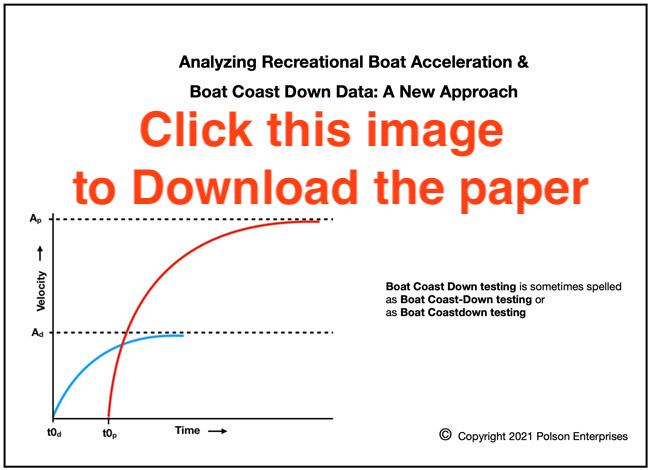Parties in the Batcheler vs. Malibu Boats Legal Case / Trial in Georgia.
- Stephan Paul Batchelder & Margaret Mary Batchelder (parents of Ryan Batchelder, deceased).
- Dennis Ficarra (operator of the boat and Ryan’s great uncle).
- Malibu Boats West.
- Malibu Boats LLC.
5 July 2023 UPDATE
In late June 2023 Malibu reached a settlement agreement to pay $100 million. Details are in Malibu Boat’s 30 June 2023 SEC 8-K filing.
July 18, 2022 UPDATE
Malibu fought the original $200 million dollar verdict for several months.
However, on July 18, 2022 all motions and issues raised by Malibu were DENIED.
We cover this more recent ruling on our Batchelder vs. Malibu boats trial order ruled upon post.
The Trial Jury verdict / award 28 August 2021

Ryan Batchelder
- $5 million for life of Ryan Batchelder.
- $75 million for pain and suffering of Ryan Batchelder.
This total of $80 million was divided between Dennis Ficarra being 75 percent at fault, Malibu Boats West 10 percent at fault, and Malibu Boats LLC 15 percent at fault.
In addition to these findings, the jury found for punitive damages.
- Malibu Boats West for punitive damages in the amount of $40 million dollars.
- Malibu Boats LLC for punitive damages in the amount of $80 million dollars.
Making the award / verdict total of $200 million dollars.
Law.com posted a copy of the actual Batchelder vs. Malibu Jury verdict form.














